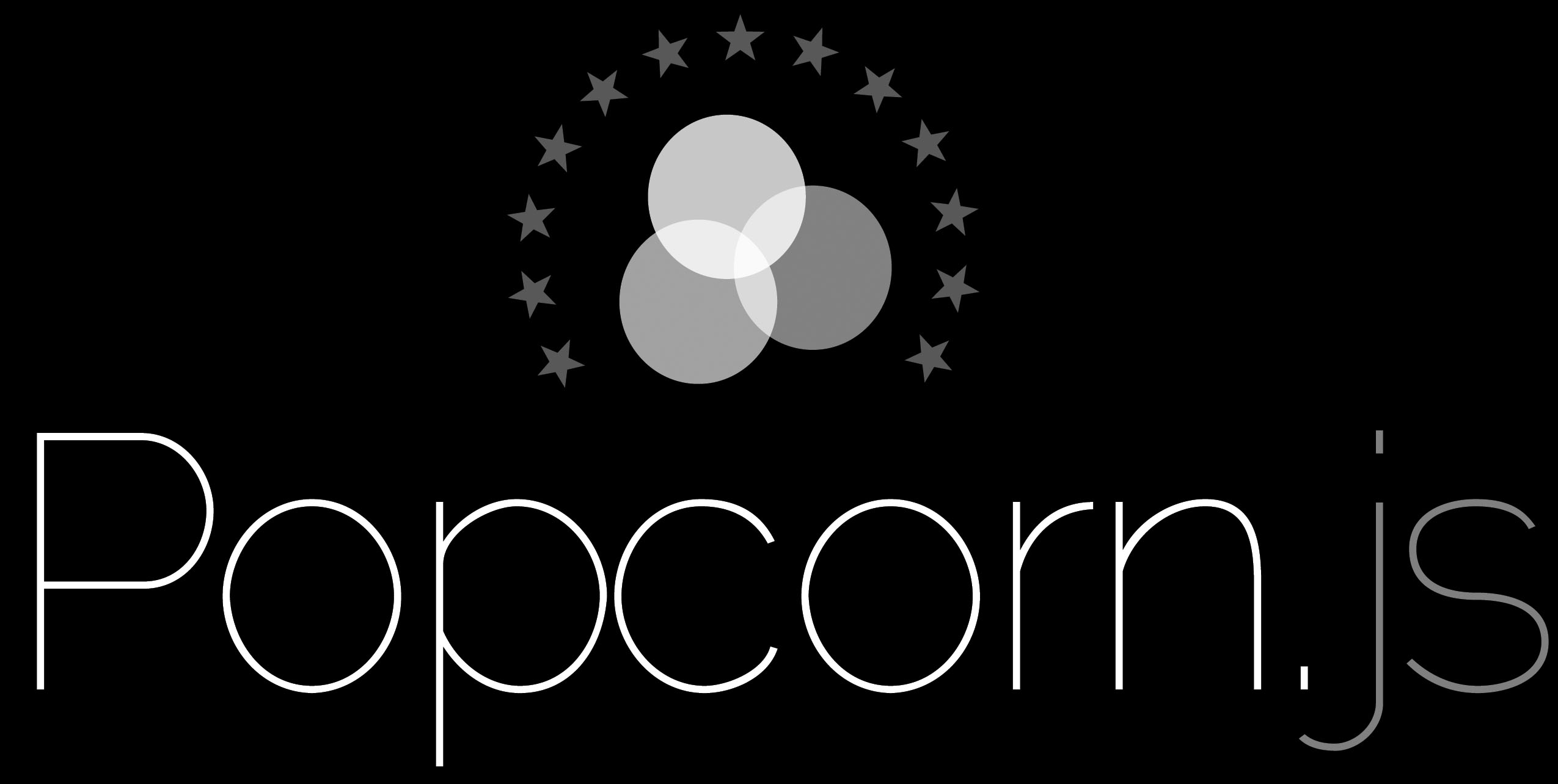Today is a big day for Mozilla and web video. Popcorn, Mozilla’s new HTML5 media toolkit, just launched version 1.0. And the National Film Board of Canada’s “One Millionth Tower” project, a unique Popcorn-powered web documentary, makes its world premiere this weekend at the Mozilla Festival in London and online at Wired.com.
The future of web video
Popcorn, which Fast Company recently called “the future of online video,” allows web filmmakers to amp up interactivity around their movies, harnessing the web to expand their creations in new ways. Popcorn uses Javascript to link real-time social media, news feeds, data visualizations, and other context directly to video playback, pulling the web into the action in real time.
The result is a new form of cinema that lives and breathes like the web itself: interactive, social, and rich with real-time context and possibilities that continue to evolve long after filming wraps.

The world’s first open source 3D documentary
Director Kat Cizek used Popcorn and other open source tools like WebGL to create One Millionth Tower, the latest installment in the NFB’s Emmy award-winning Highrise series. One Millionth Tower brings residents from a dilapidated Toronto apartment complex together with architects, designers and artists, working together to imagine how they can revitalize their homes and make their world better.
The film then uses the magic of animators, web developers and Popcorn to bring these ideas to life through a multi-layered, three-dimensional landscape that runs directly in the web browser.
Popcorn made it possible for the filmmakers to control a 3D environment in WebGL, and then augment it with real time information pulled from Wikipedia, Yahoo’s Weather API, Flickr and Google Maps. The result is a unique viewing experience customized in the browser for each viewer. When it’s raining in Toronto, for example, it starts raining in the virtual world of One Millionth Tower as well.
Opening new possibilities for filmmakers
Cizek says Popcorn helped to push her project beyond the confines of a traditional documentary film. “We wanted to marry the storytelling magic of cinema with the participatory, interactive and networked power of the web,” she says. “It’s a fusion of collaboration, media and art-forms — all coming together through the web.”
Cizek sees a connection between the values of open source and public institutions like the NFB. “Life and art are a lot more fun when we share and build on each others’ ideas. That’s the philosophy behind open source, and it’s really the original philosophy behind the web as whole.”

A new genre of “web-native movies”
Mozilla Popcorn team lead Brett Gaylor, who also directed the NFB documentary RIP: A Remix Manifesto, sees One Millionth Tower as part of a larger trend: a new genre of “web-native” filmmaking.
“This is the moment where web video grows up as an artistic medium,” Gaylor says. “In the same way that earlier film pioneers experimented with new techniques like montage, we’re now seeing ‘web-made movies’ that pull in real time information from the web.”

From “living documentaries” to enriched news and semantic sports
Those experiments include other high-profile productions as well. The Independent Television Service (ITVS) recently paired documentary producers with Popcorn developers to produce the “living docs” series, turning award-winning films into dynamic online experiences. And Steve James, the acclaimed director of Hoop Dreams, recently used Popcorn to augment his new film with photos, news clips and neighborhood maps.
Popcorn has broader applications as well. Semantic video pioneer RAMP is using Popcorn for The People’s Choice Awards. PBS Newshour used it to annotate President Obama’s 2011 State of The Union Address, and the French and German broadcaster Arte has used Popcorn to enhance current affairs programming.
Sports broadcasters are also interested in using Popcorn to weave players’ and teams’ stats and social media into their broadcasts.
What’s next for Popcorn?
As Wired put it, Popcorn “could be the next big thing in internet video.” Coders, filmmakers and journalists are exploring its potential in hackfests and learning labs at this weekend’s Mozilla Festival. Take a guided tour or get more involved at mozillapopcorn.org.


4 comments